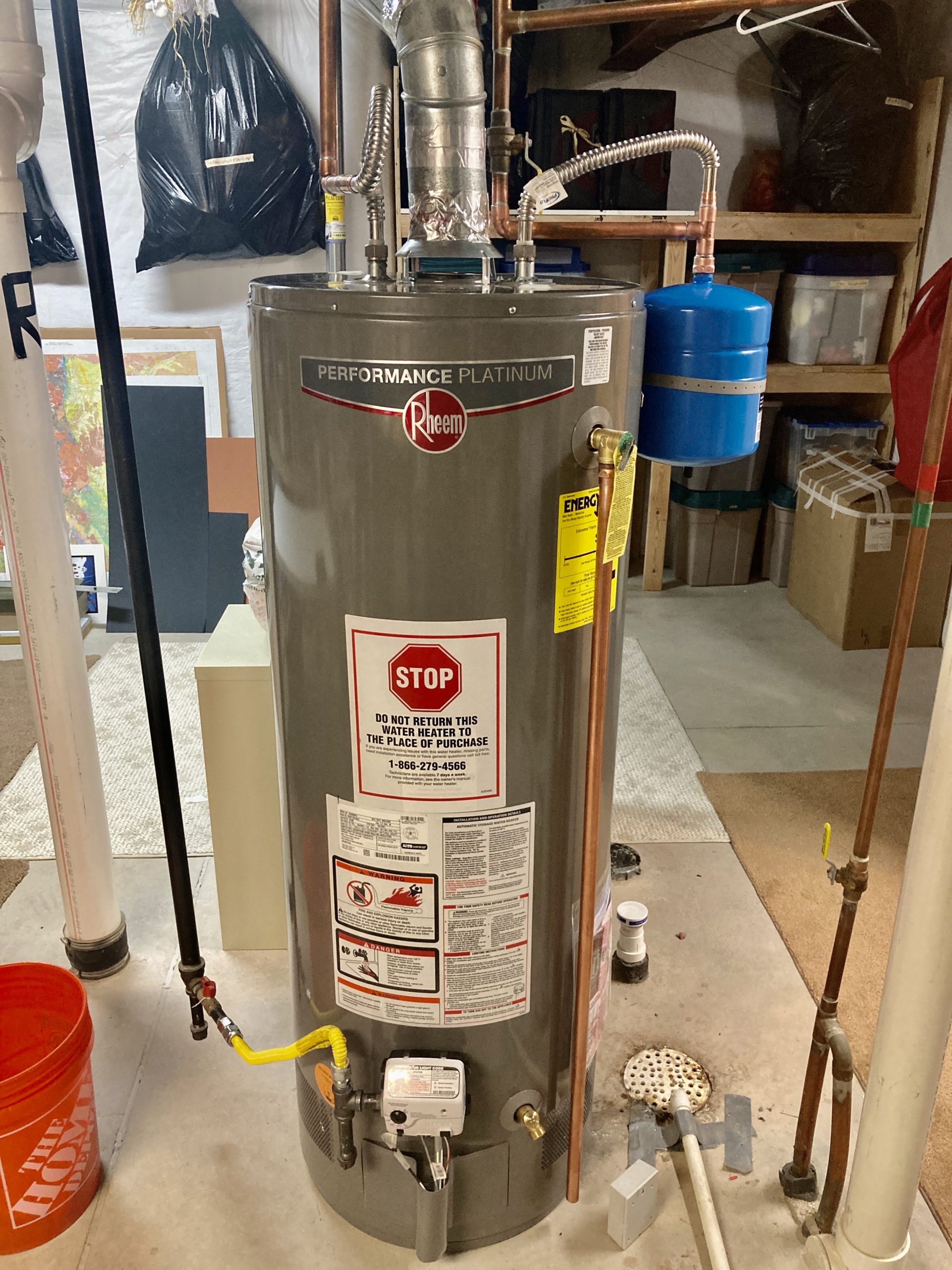Ways to Extend the Life of Your Home's Hot Water System Through MaintenanceEfficient Strategies for Maintaining Your Home's Hot Water System
Ways to Extend the Life of Your Home's Hot Water System Through MaintenanceEfficient Strategies for Maintaining Your Home's Hot Water System
Blog Article
Presented here below you might get additional decent content concerning How to Maintain a Hot Water Heater in a Few Simple Steps.

Warm water is important for everyday comfort, whether it's for a revitalizing shower or washing recipes. To ensure your hot water system runs successfully and lasts longer, normal maintenance is vital. This short article gives functional tips and understandings on how to preserve your home's warm water system to stay clear of disruptions and expensive fixings.
Introduction
Preserving your home's warm water system could seem difficult, however with a couple of easy actions, you can ensure it runs efficiently for many years ahead. This guide covers whatever from understanding your hot water system to do it yourself upkeep tips and knowing when to contact specialist aid.
Value of Keeping Your Hot Water System
Routine upkeep not only prolongs the life-span of your hot water system however additionally guarantees it runs successfully. Neglecting maintenance can lead to reduced effectiveness, greater power costs, and also early failing of the system.
Indicators Your Warm Water System Needs Maintenance
Knowing when your hot water system needs attention can avoid major issues. Watch out for indications such as inconsistent water temperature, unusual noises from the heating unit, or rustic water.
Comprehending Your Hot Water System
Before diving into maintenance tasks, it's useful to understand the basic components of your hot water system. Typically, this includes the water heater itself, pipes, anode poles, and temperature level controls.
Regular Monthly Maintenance Tasks
Routine monthly checks can help catch small concerns prior to they intensify.
Flushing the Water Heater
Flushing your water heater gets rid of debris buildup, boosting performance and prolonging its life.
Monitoring and Changing Anode Rods
Anode poles avoid corrosion inside the tank. Inspecting and changing them when worn out is crucial.
Inspecting and Readjusting Temperature Level Settings
Changing the temperature settings makes certain optimal efficiency and security.
DIY Tips for Maintenance
You can execute a number of maintenance jobs on your own to keep your hot water system in leading condition.
Checking for Leakages
On a regular basis examine pipes and links for leakages, as these can result in water damages and greater bills.
Examining Pressure Alleviation Valves
Checking the pressure safety valve guarantees it functions appropriately and stops excessive stress accumulation.
Insulating Pipelines
Insulating warm water pipes lowers warm loss and can save power.
When to Call a Professional
While do it yourself maintenance is beneficial, some problems require specialist knowledge.
Facility Issues Calling For Professional Aid
Examples consist of major leakages, electrical troubles, or if your water heater is continually underperforming.
Routine Specialist Upkeep Advantages
Specialist maintenance can consist of comprehensive examinations, tune-ups, and guaranteeing conformity with safety criteria.
Final thought
Routine maintenance of your home's hot water system is crucial for effectiveness, long life, and cost financial savings. By adhering to these suggestions and recognizing when to seek expert aid, you can ensure a trustworthy supply of warm water without unanticipated interruptions.
Water Heater Maintenance Tips
Test the TPR Valve
Shut off the power and the cold-water supply valve. Place a bucket under the pipe connected to the temperature-pressure-release (TPR) valve on the top or side of the tank. (This valve opens if the tank pressure gets too high.) Lift the valve’s tab to let some water out, then let go. If water keeps flowing, drain the tank partway, unscrew the old valve with a pipe wrench, and install a new one. Check the Anode Rod
Put a hose to the tank’s drain cock and let out a few gallons of water. Now fit a 1 1/16-inch socket onto the rod’s hex head on top of the heater (or under its top plate) and unscrew the rod. If it’s less than ½ inch thick or coated with calcium, buy a new one, wrap its threads with Teflon tape, put it back in the tank, and tighten securely. Use this segmented rod if headroom above the tank is limited. Drain the Tank and Wash Out Sediment
Drain the remaining water in the tank into the bucket, then stir up the sediment on the tank’s bottom by briefly opening the cold-water supply valve. Drain and repeat until clean water comes out of the hose. Close the drain cock, refill the tank, and turn its power back on. Adjust the Temperature
Find the temperature dial on the side of the tank and unscrew its cover. Adjust the dial to 120 degrees using a flathead screwdriver. For every 10 degrees the temperature is lowered, you can expect to save up to 5 percent in energy costs. Turn the water heater off or the thermostat down to its lowest setting if you plan to be away from home for more than three days. Insulate the Pipes
Buy some self-sticking 3/8-inch-thick foam pipe insulation that matches the pipes’ diameter. Slide the foam over the hot-and cold-water pipes as far as you can reach. Insulating the cold-water pipe prevents condensation in summer. Peel the tape and squeeze the insulation closed. If the pipe is 6 inches or less from the flue, cover it with 1-inch-thick unfaced fiberglass pipe wrap. https://www.thisoldhouse.com/plumbing/21016402/how-to-maintain-a-water-heater

As a person who reads about Water Heater Maintenance Tips You Can't Afford to Forget, I was thinking sharing that chunk was really helpful. Are you aware of another individual who is curious about the topic? Feel free to promote it. Thank you for your time. Don't forget to pay a visit to our blog back soon.
Book Now Report this page